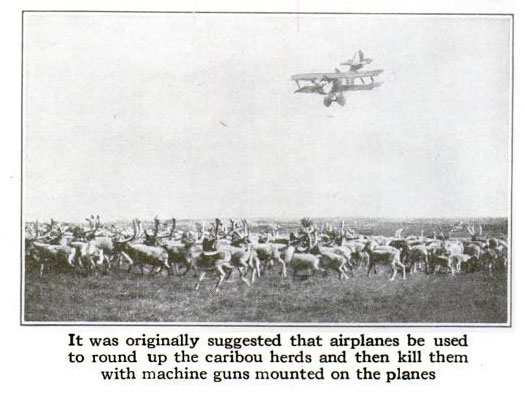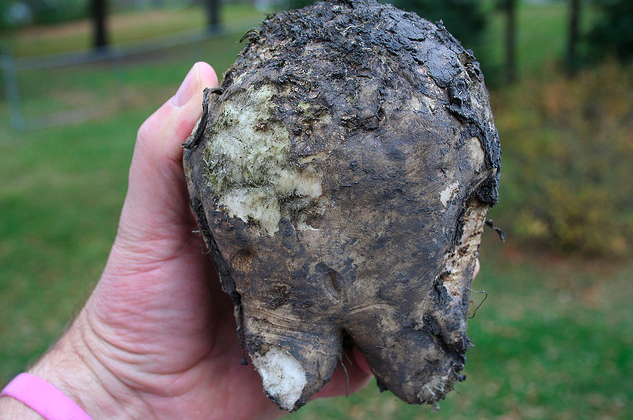

On October 16, more than 150 countries will observe World Food Day to raise awareness of poverty and hunger. The Food and Agricultural Organization of the United Nations established the occasion in 1979 and held the first one in 1981 with the theme “Food Comes First.” The October 16 date commemorates the founding of the FAO, which was born after President Franklin D. Roosevelt invited representatives of Allied Nations to Hot Springs, Virginia, to discuss the founding of an international organization dedicated to food and agricultural development.
Although World Food Day is only 29 years old, malnutrition has plagued our planet’s citizens since the dawn of mankind. Feeding billions of starving people poses a daunting challenge, and many argue that industrialization has only drained the world of its natural resources. Convinced that that’s not always the case, we consulted our archives to find ways that science and technology actually worked to fight the hunger crisis.
Click to launch the photo gallery.
By the mid-20th century, we knew that clearing farmland to make more room for crops wasn’t the most realistic option for dealing with dealing with hunger. Researchers had to make agriculture less vulnerable to weather patterns and the urban sprawl. Maybe if we sand-blasted clouds to induce rainfall or bred whales as cattle of the sea, the food industry wouldn’t be so affected by bad soil and drought.
Since it was also around for the two World Wars, Popular Science also covered the challenge of providing aid to faraway nations, and to millions of civilians suffering from famine or food shortages. How could we make vitamin-rich food more affordable? How would we transport large amounts of perishables over vast distances while keeping them edible?
We haven’t found the answer to worldwide food shortages yet, but maybe we’re getting there, one experiment at a time. Click through our gallery to read about the sometimes useful, often unusual, ways that science has attempted to alleviate hunger.

























